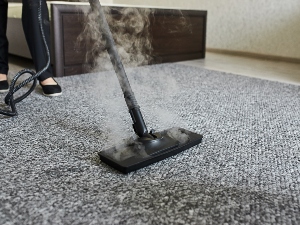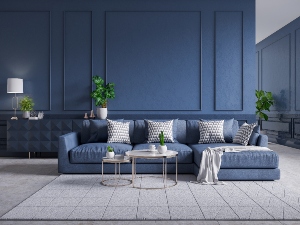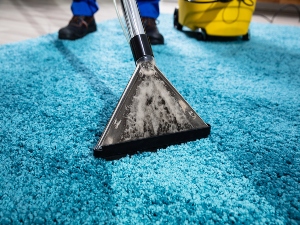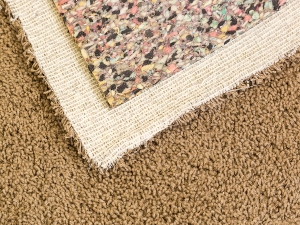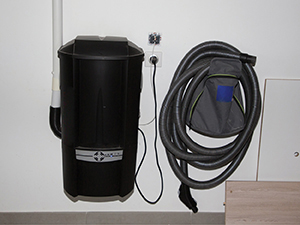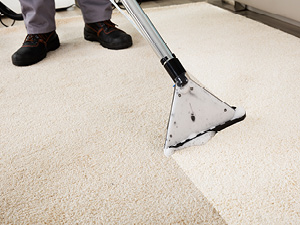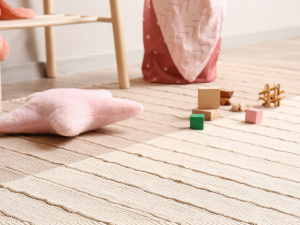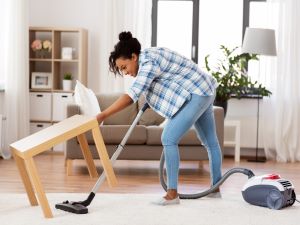Why Should I Clean My Carpet?
Carpet, like everything else, gets dirty. Clothes, shoes, dishes, cars, all get dirty. So do the carpets and rugs in your home. They need to be cleaned and maintained just like everything else.
Can I Clean My Own Carpet?
Spot cleaning an area that is soiled or stained is a great way to help your carpet look good, but cleaning a whole carpet yourself can be a daunting task. Let’s look at the pros and cons of professional carpet cleaning versus DIY cleaning.
Professional Cleaning:
Pros:
- Experts – Did you know that not all carpets can be steam cleaned? A professional carpet cleaning technician does know that not all carpet material is the same. Carpet cleaning technicians know how to clean all types of carpet materials.
- Equipment – Professional carpet cleaning equipment is much more powerful and heats water to a much higher temperature than DIY rental equipment which creates a much cleaner end result.
- Convenience – Hiring a professional saves a lot of your time. By the time you go to the store, rent the equipment, load it in your vehicle, move the furniture, clean the carpet, clean the machine, and go back to the store to return it, you have invested quite a bit of your time.
- Drying – Since professional equipment is so much more powerful, it extracts much more water, so your carpet takes much less time to dry.
Cons:
- Expense: It does cost more money to hire a professional than if you go the DIY route.
- Timing – You may not be able to get an appointment time that is convenient for you. You may have to rearrange your schedule a bit to fit it in.
DIY Carpet Cleaning:
Pros:
- Scheduling – Since you are doing it yourself, you can schedule the cleaning for a time and date that is most convenient for you.
- Expense – It does save money to DIY carpet cleaning. At least initially.
- Satisfaction – When the carpet is dry, the furniture is back in place and the machine is back at the store, you can enjoy your sense of accomplishment.
Cons:
- Drying – Since DIY equipment is not as powerful, it leaves more water in the carpet, making for a longer drying time.
- Cleanliness – As previously mentioned, DIY equipment is not as powerful as professional equipment. It leaves more water and cleaning solution in the carpet which will eventually trap and hold more dirt, causing your carpet to look dirtier quicker.
- Equipment – Professional carpet technicians maintain their equipment. DIY equipment may not be as well maintained. Some people, unfamiliar with the machines, may accidently damage the equipment. Being afraid of extra charges, they may not say anything, leaving the malfunctioning machine on the shelf for the next person to rent.
Routine carpet cleaning is a must to extend the life and beauty of your carpets and rugs. However, incorrect cleaning can cost you time, and more importantly, money. Plus, incorrect cleaning can shorten the life of your carpets and rugs. Spot cleaning your spills and stains is important, but professional carpet cleaning is the best way to protect your investment.
By Sharon Koehler. This article is one of a series of articles written and published on behalf of Surface Care PROS Partners.

